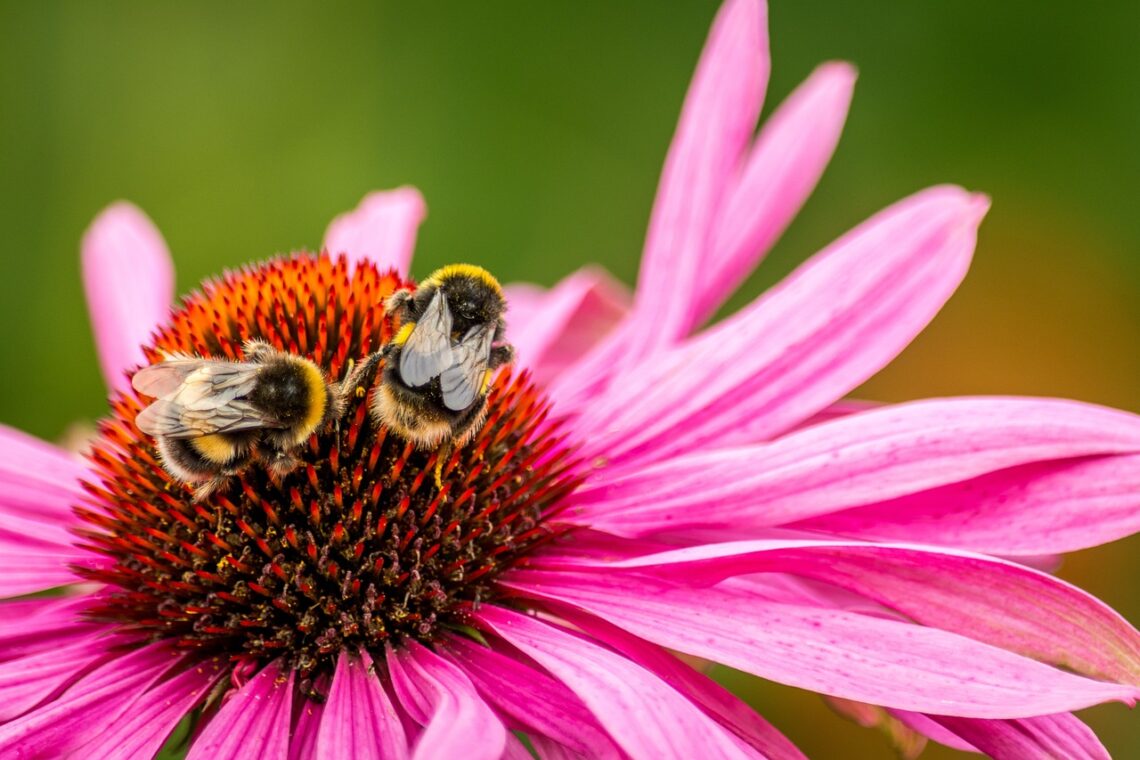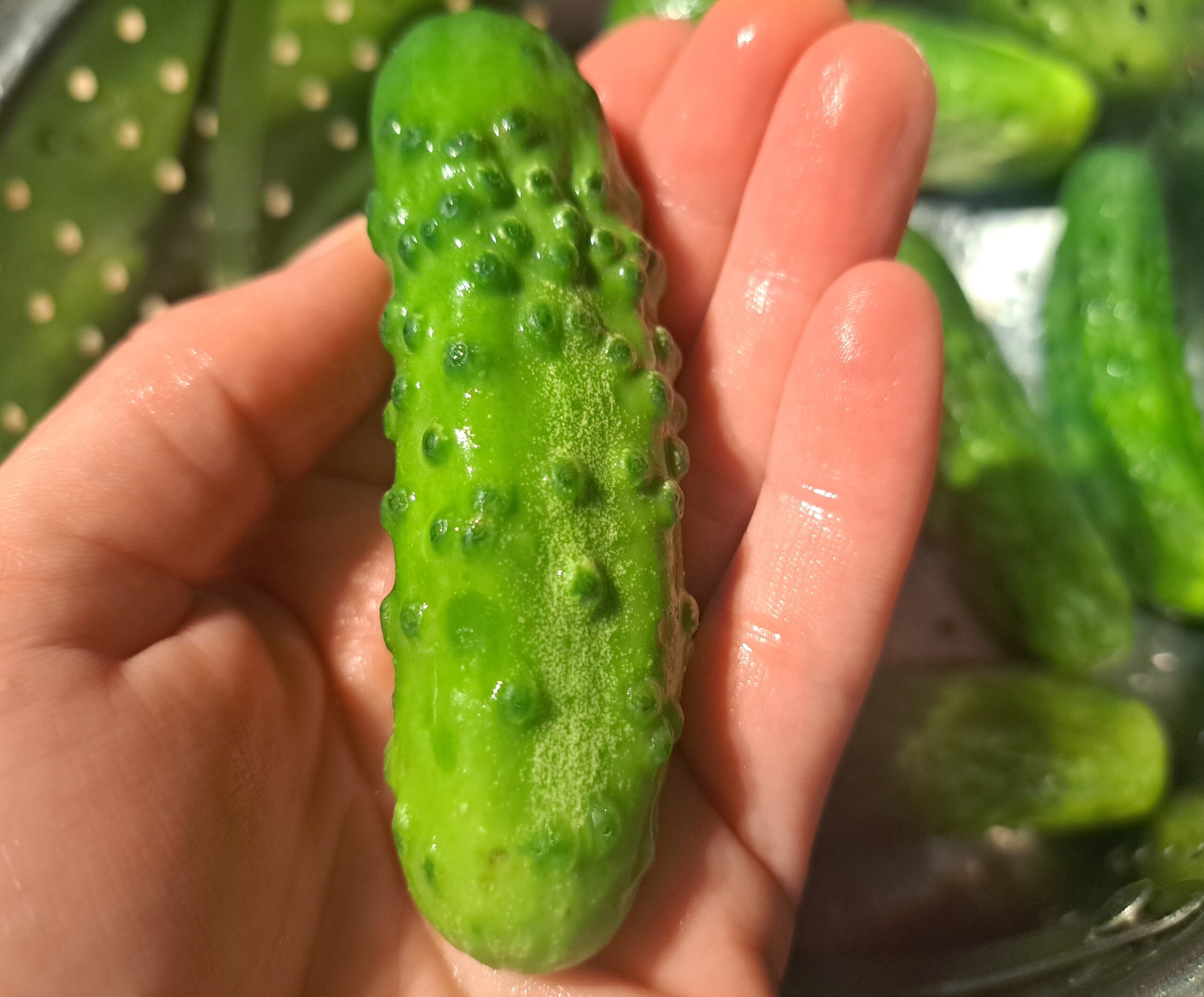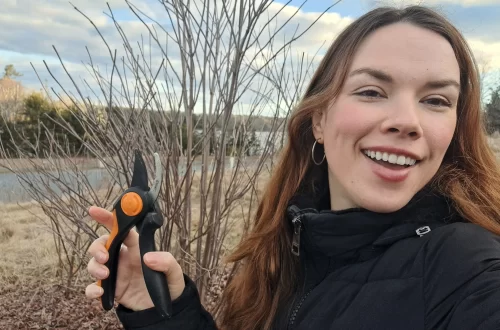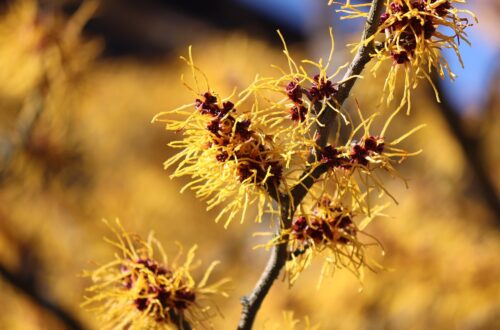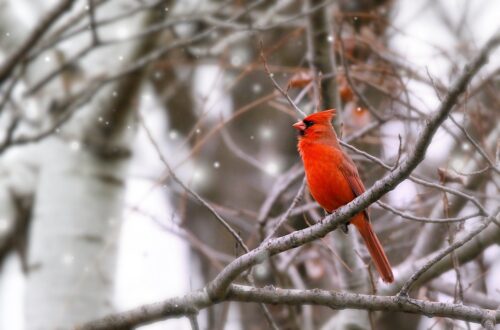Support pollinators by growing these best flowers for bees in your bee habitat garden!
While bumblebees, carpenter bees, and other native bees need hollow-stemmed plants for nesting, they also need pollen- and nectar-rich flowers for food and to make “bee bread” for bee larvae. Gardeners can find an assortment of perennial and annual flowers that attract bees and butterflies at garden centers; however, native plants are always the best choices for pollinator gardens. Here are 15 of the best flowers to attract bees that are native to North America and super easy to grow!
Affiliate disclosure: As an Amazon Associate, I may earn commissions from qualifying purchases.
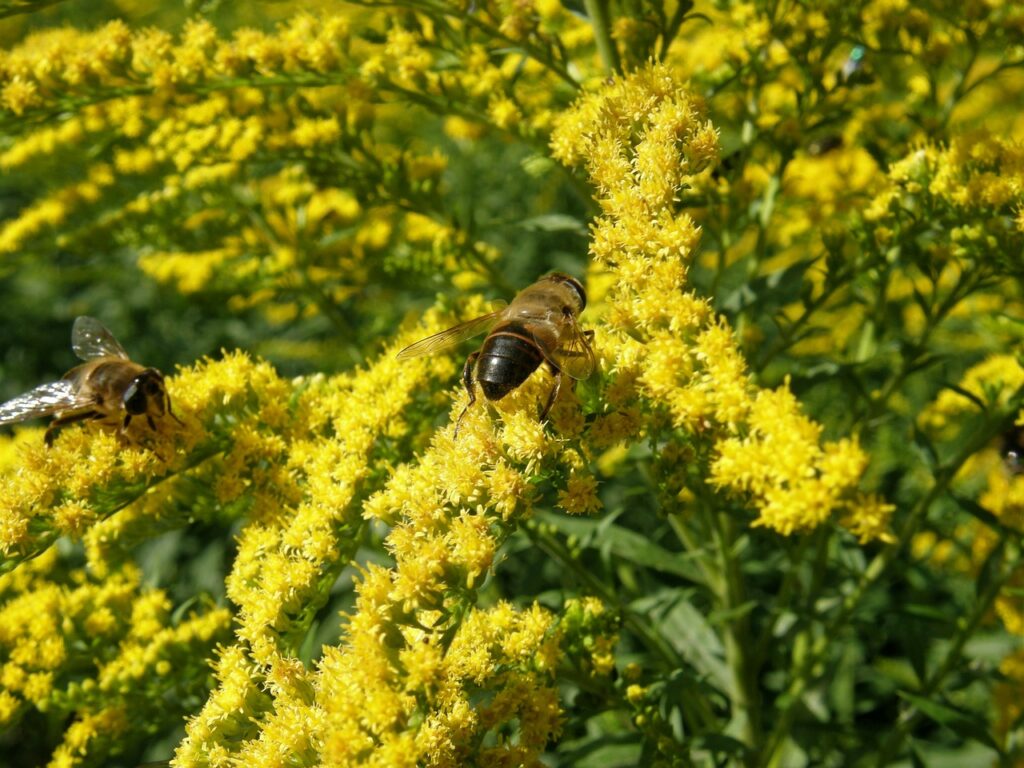
Bees Favorite Flowers: 15 Native Plants to Try
Native plants are over 4 times more attractive to bees than non-native plants. However, if you want to get the most out of native plants and attract lots of pollinators, choose plants that bloom at different times and produce different flower shapes and colors. Growing native plants in groups of 3 or more (known as “cluster” or “drift” planting) can give gardens a more natural look and make it easier for native bees to forage!
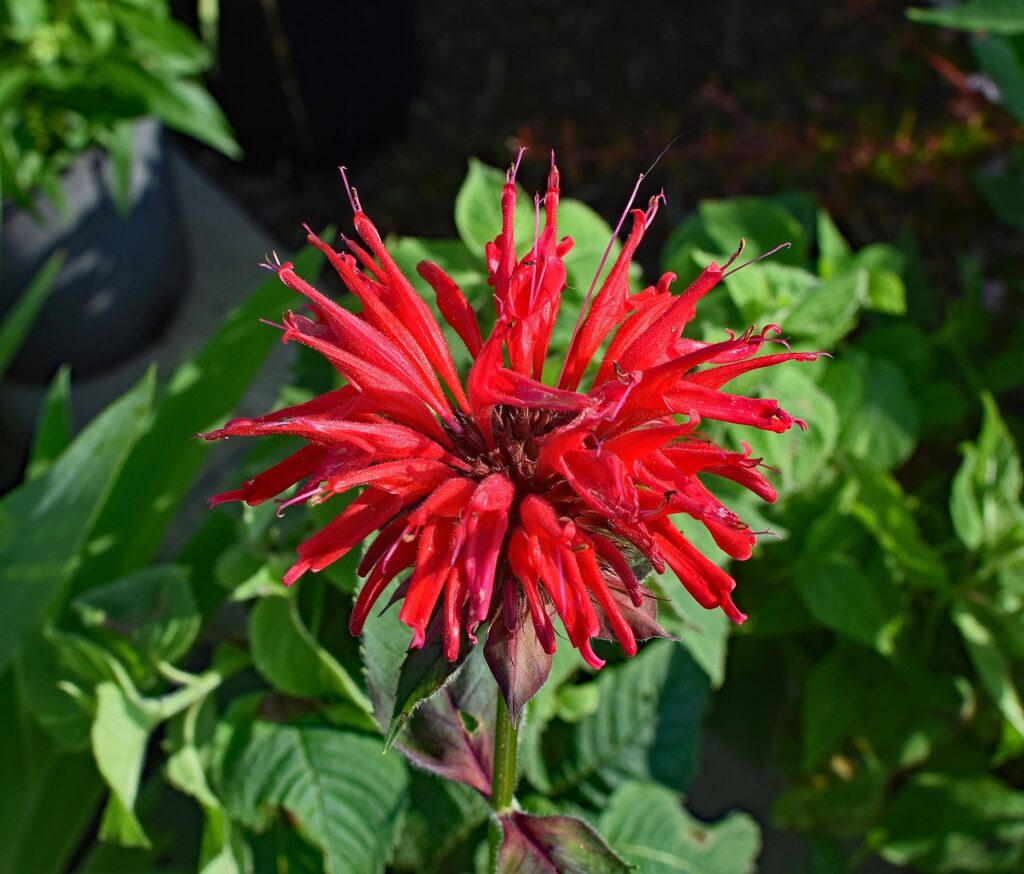
1. Wild Bee Balm (Monarda didyma or Monarda fistulosa)
Bee balm’s name is a dead giveaway: bees can’t resist this pollinator plant! There are about 15 types of native bee balm in North America and most varieties grow between 2 and 4 feet tall and produce fluffy flowers in showy shades of red, purple, white, and pink. Like other members of the mint family, bee balm can spread, so you may want to grow it in a dedicated raised bed if you don’t want it running wild.
Light needs: Full sun
Water needs: Average
Grow zone: 3 to 9, most varieties
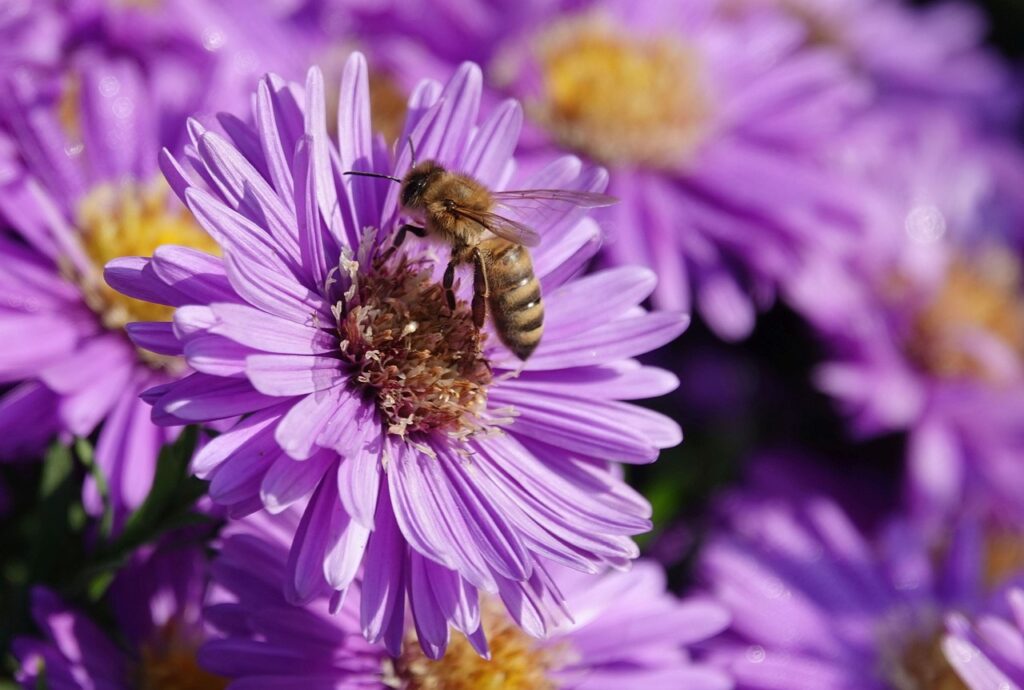
2. Asters (Aster spp.)
A late season bloomer, asters typically flower in fall and provide a much-needed source of nectar and pollen for bees just before hibernation. With about 120 native varieties of asters in North America, gardeners have plenty of plants to choose from. New England asters produce particularly flashy flowers, but you can find asters with smaller blooms in pretty shades of blue, pink, purple, or white.
Light needs: Full sun to part shade, depending on variety
Water needs: Average
Grow zone: 3 to 8, most varieties
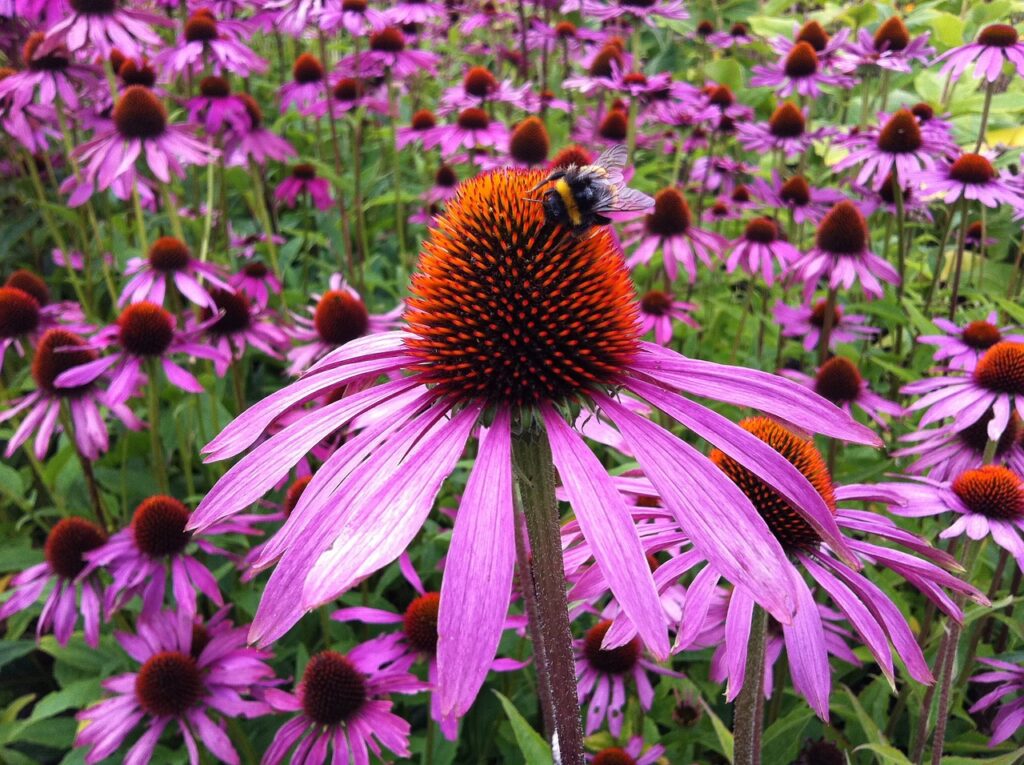
3. Coneflowers (Echinacea spp. or Ratibida spp.)
Purple coneflowers are some of the most widely grown coneflower plants, but gardeners can also try out narrow-leaved coneflowers, yellow coneflowers, and different types of prairie coneflowers (Ratibida spp). In general, coneflowers are quite drought-tolerant and grow without fuss in full sun and well-draining soil. These plants also attract wild birds, like goldfinches, if you let the old flowers go to seed!
Light needs: Full sun
Water needs: Average to low
Grow zone: 3 to 9, most varieties
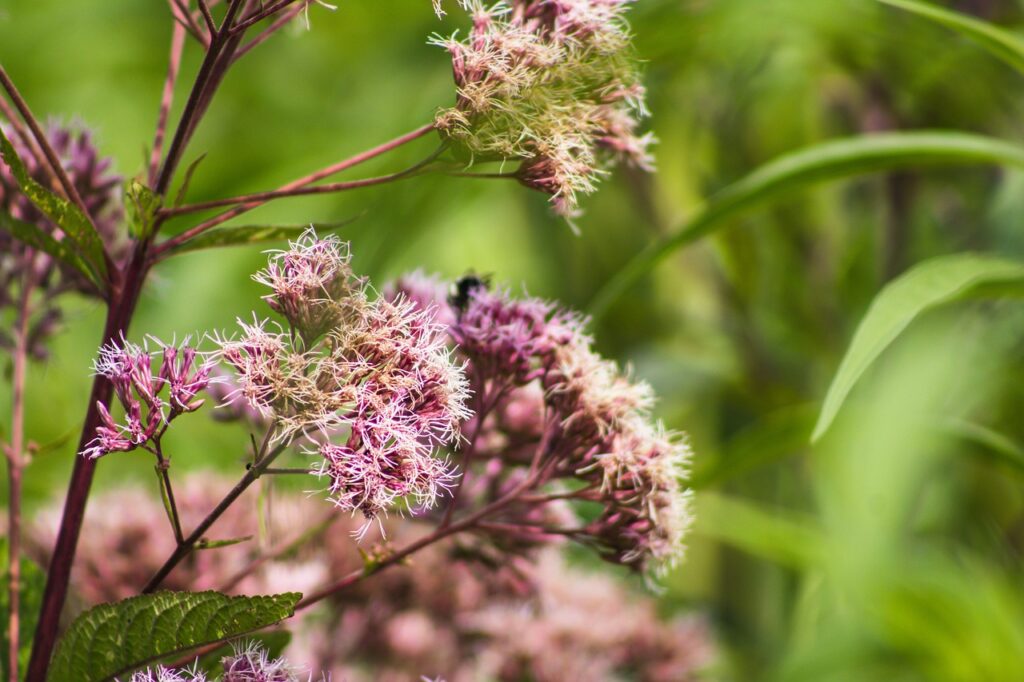
4. Joe Pye Weed (Eutrochium spp.)
Finding plants that grow in soggy soils can be a headache… but Joe Pye weed thrives in moist conditions! A top pick for rain gardens, Joe Pye weed delights with its big, scented blooms and nectar-filled flowers. On top of that, it has hollow stems, which provide cozy shelter for stem nesting native bees in winter.
Light needs: Full sun to part shade
Water needs: High
Grow zone: 4 to 9, most varieties
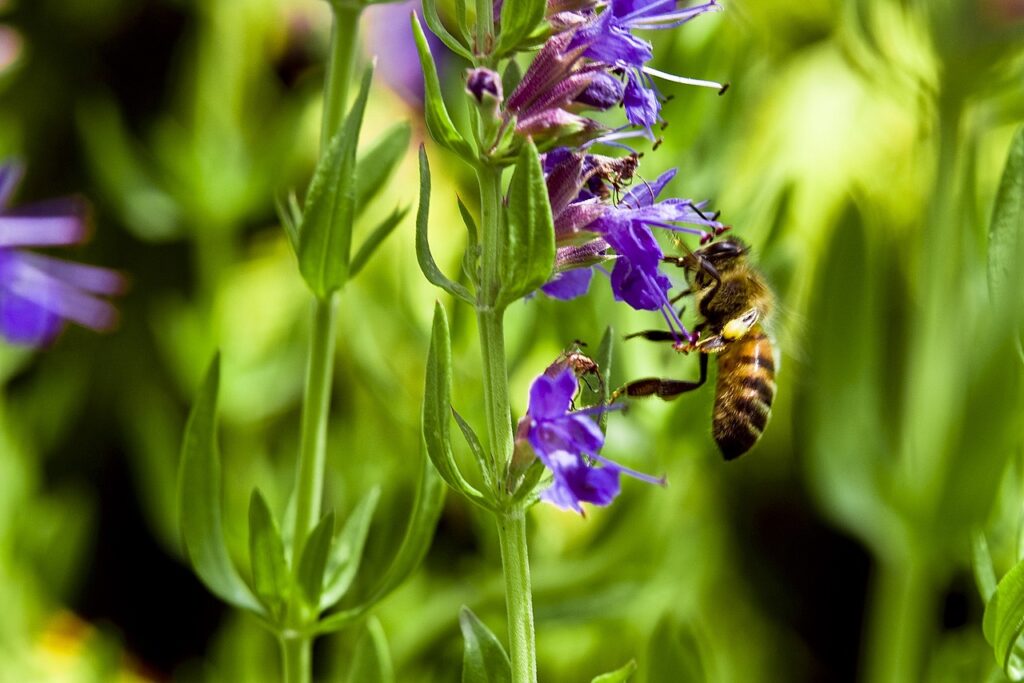
5. Anise Hyssop (Agastache foeniculum)
Many gardeners grow anise hyssop in their herb gardens and harvest the plant’s edible, licorice-flavored flowers and leaves for teas. But if you’re looking for flowers bees love, anise hyssop is definitely worth a try. All sorts of native bees flock to its tall purple flowers when the plant blooms from mid-summer to fall!
Light needs: Full sun to part shade
Water needs: Average to low
Grow zone: 3 to 8
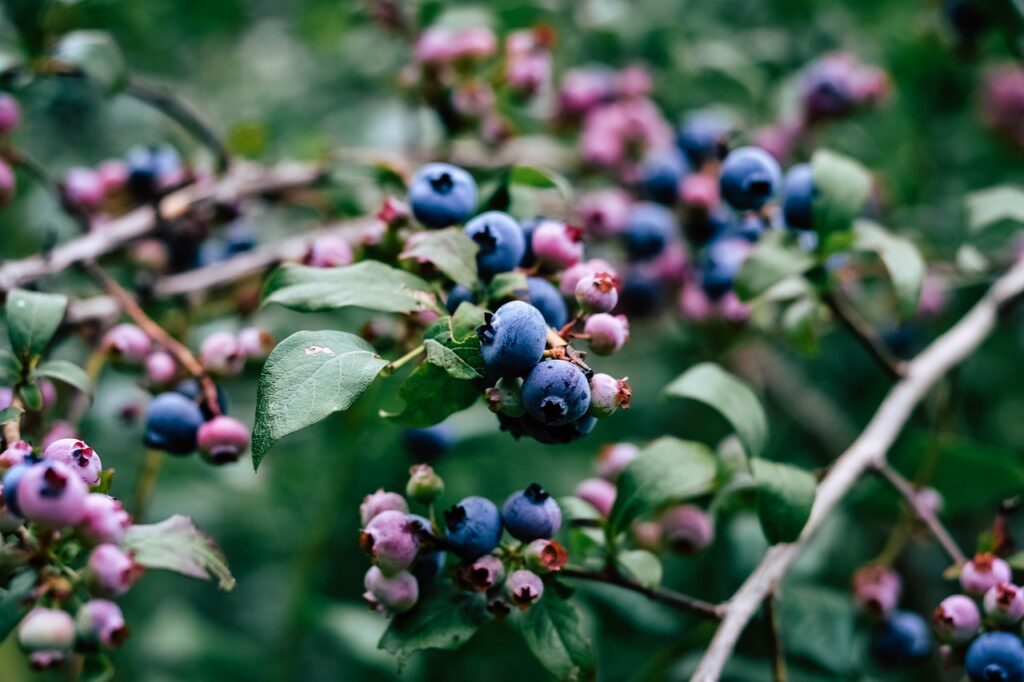
6. Blueberries (Vaccinium spp.)
Blueberries are mostly cultivated for their edible berries, but those white, bell-shaped blueberry flowers are irresistible to bees too! These plants bloom in spring and they grow best in acidic soils, so you may want to amend your garden with a soil acidifier or grow blueberries in pots if your garden is highly alkaline. Low bush blueberries are small enough to grow as groundcovers or in containers, while tall, highbush blueberries can be used as dual-purpose foundation plants in ornamental or edible gardens.
Light needs: Full sun
Water needs: Average
Grow zone: 3 to 10, depending on variety
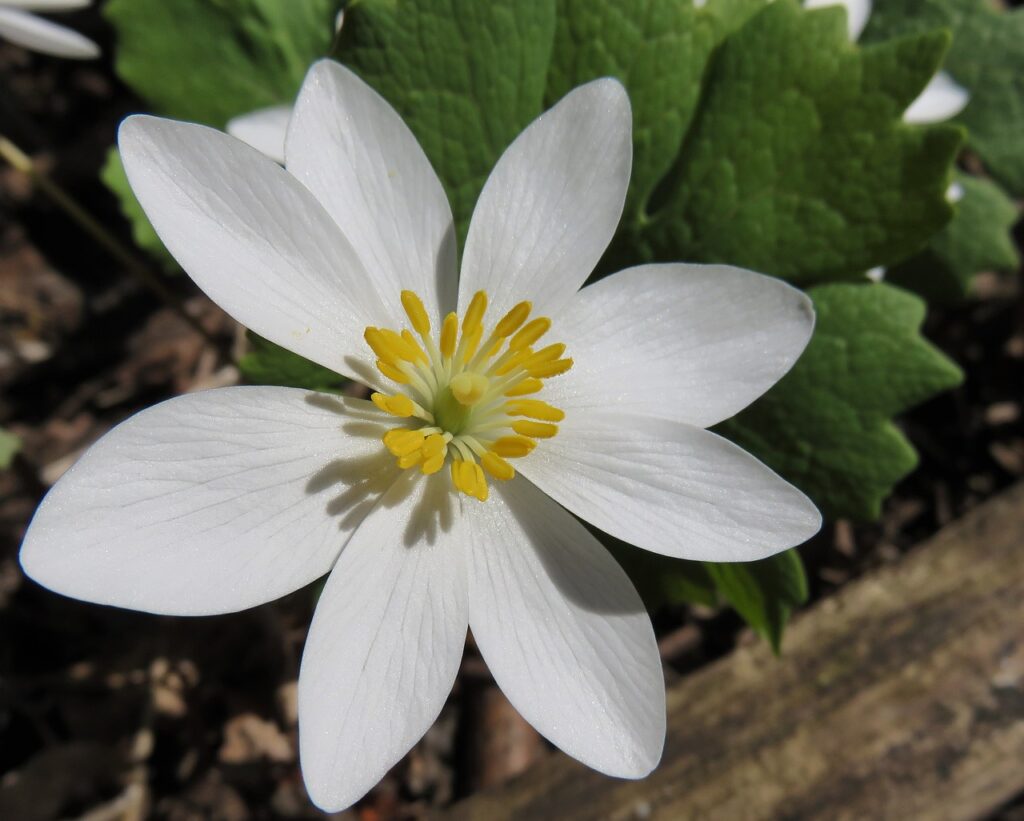
7. Bloodroot (Sanguinaria canadensis)
Native spring ephemerals, like bloodroot, flower earlier in spring than most other plants and help to support native bees just emerging from hibernation. While bloodroot is mostly grown for its dainty white flowers, its roots have traditionally been used as a natural dye. Just be careful when handling bloodroot as its sap can be a skin irritant.
Light needs: Full shade to part shade
Water needs: Average
Grow zone: 3 to 8
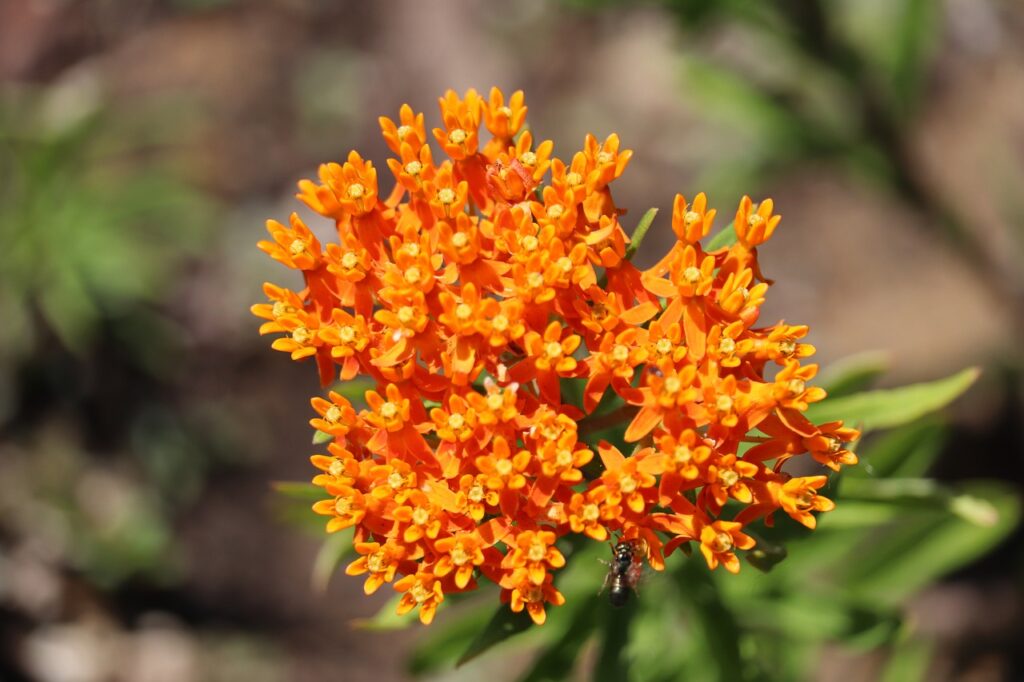
8. Milkweed (Asclepias spp.)
Milkweed is a famous butterfly attractant and it’s the host plant to grow for monarch butterflies. However, milkweed’s nectar-filled flowers also support native bees, as well as pollinating beetles and other beneficial insects. North America has around 100 species of native milkweed plants, including the ubiquitous common milkweed, the fiery orange butterfly weed, and the water-loving swamp milkweed.
Light needs: Full sun
Water needs: Average to low for most varieties, high for swamp milkweed
Grow zone: 3 to 10, most varieties
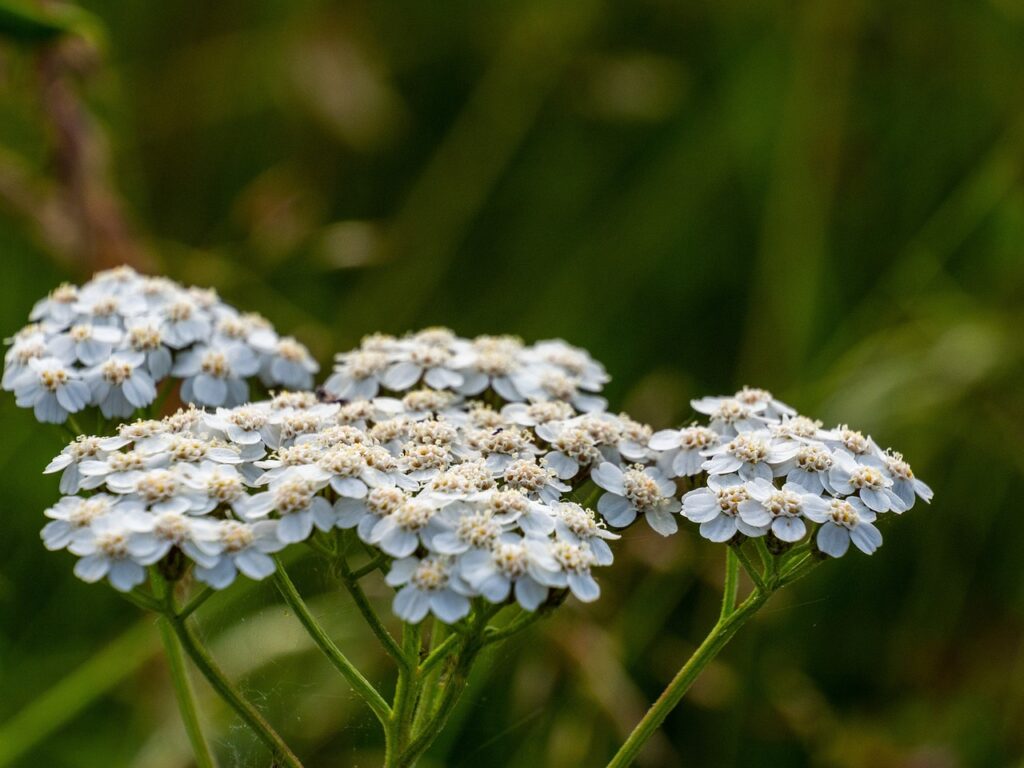
9. Yarrow (Achillea millefolium)
You can find yarrow growing wild in many parts of the globe, but this hardy plant is native to North America too. Wild yarrow typically boasts fluffy white flowers, while cultivated varieties sport pink, orange, or yellow blooms. Aside from its pollinator benefits, yarrow is also commonly used in cut flower arrangements and it dries beautifully too!
Light needs: Full sun to part shade
Water needs: Average to low
Grow zone: 3 to 9, most varieties
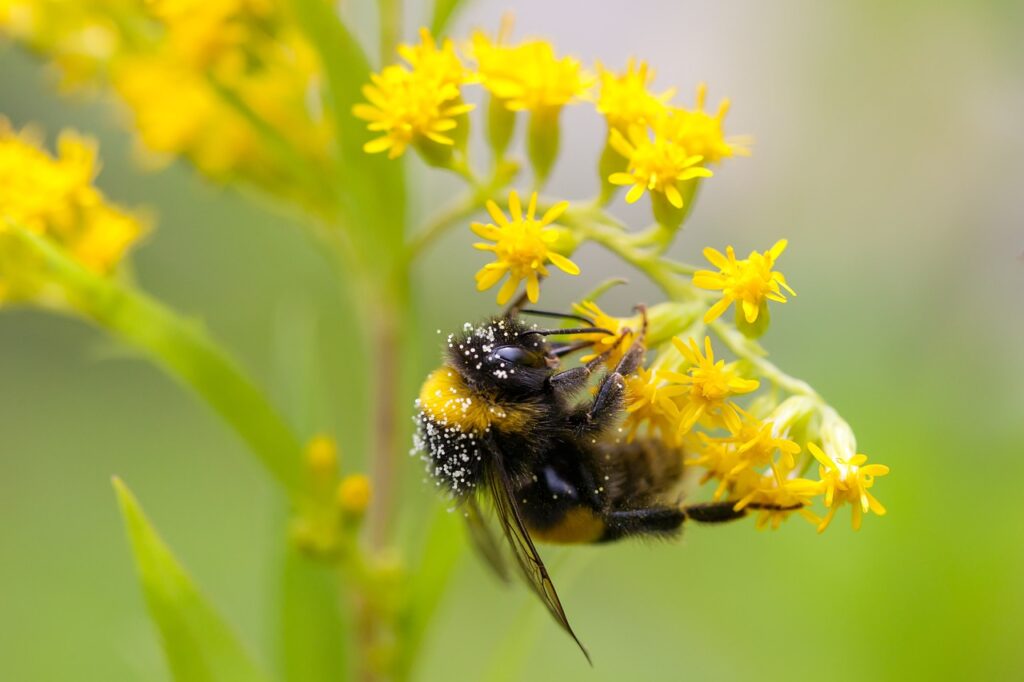
10. Goldenrod (Solidago spp.)
Like asters, goldenrod plants bloom late in the season, providing pollen and nectar to native bees when most other plants aren’t in flower. You can find tons of different types of goldenrod with different flower shapes and bloom times, including the unique silverrod that produces silver-toned blooms. While this fall favorite looks stately in flower gardens, it can also be used as a cut flower or to create a natural yellow dye.
Light needs: Full shade to part shade, depending on variety
Water needs: Average to low
Grow zone: 2 to 8, most varieties
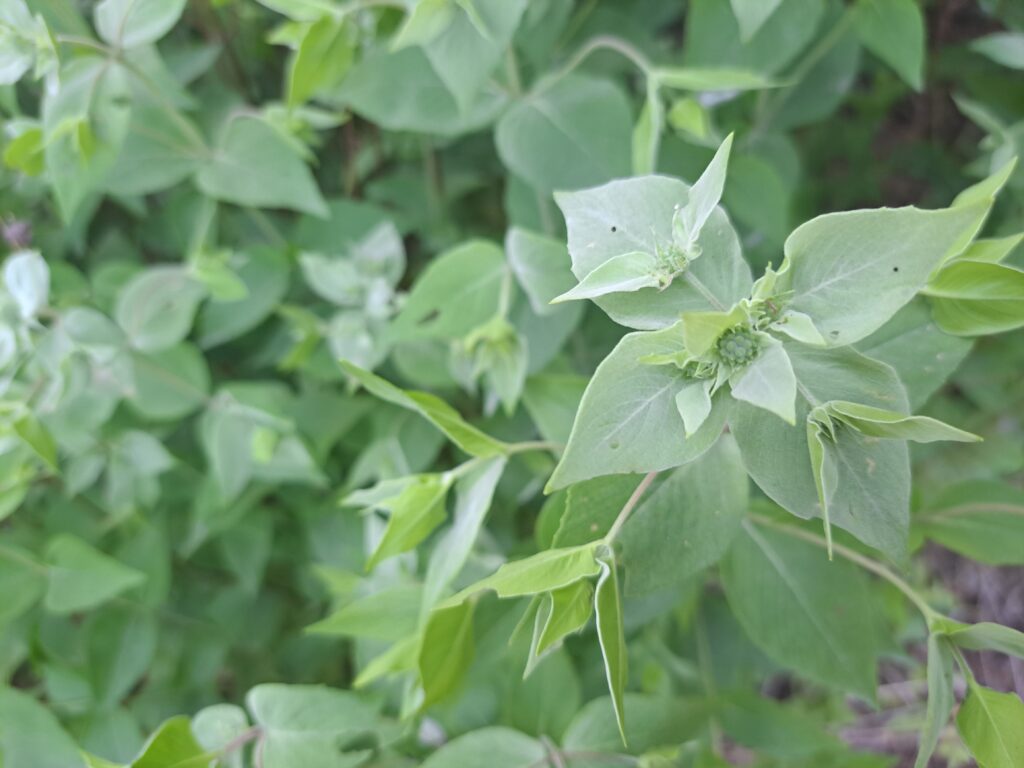
11. Mountain Mint (Pycnanthemum spp.)
Mint plants can be problematic in gardens due to their aggressive growth rate. But mountain mint is a less aggressive grower that’s native to North America and supports native bees with its late blooming flowers. Grow it for bees alone, or use its silver-toned foliage in herbal teas or to brighten up drab garden beds!
Light needs: Full sun to part shade
Water needs: Average
Grow zone: 2 to 8, most varieties
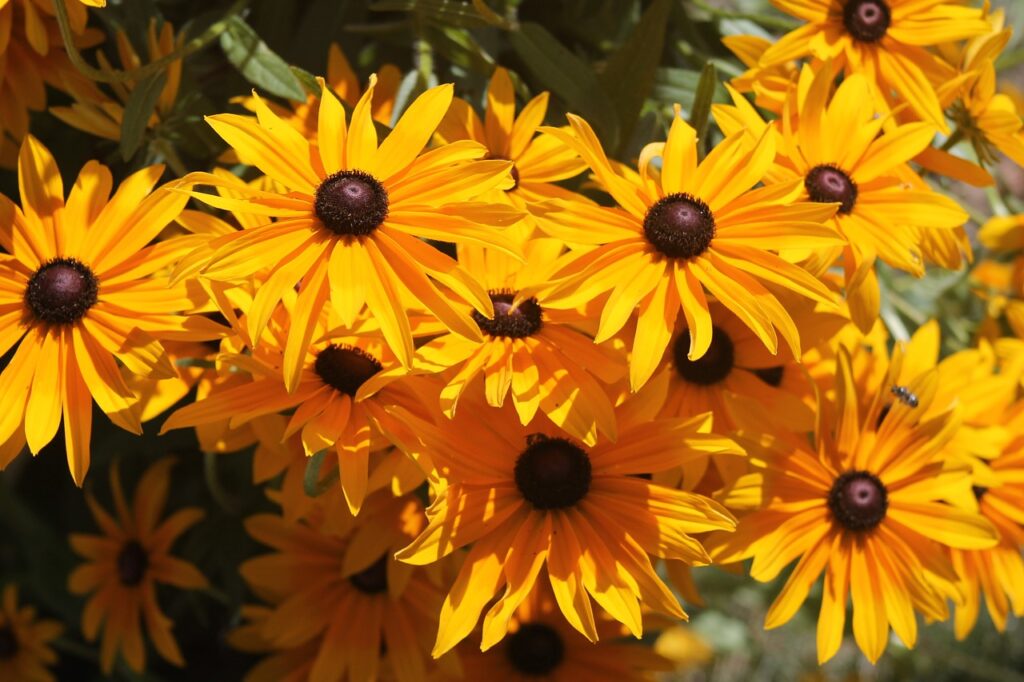
12. Rudbeckia (Rudbeckia spp.)
Some types of coneflowers are classified as Rudbeckia, but black-eyed Susans are the most widely known Rudbeckia plant. These easy to grow natives produce golden yellow flowers with chocolate brown centers that bring charm to cut flower arrangements and flower beds too. Although you can grow Rudbeckia from store-bought plants, these flowers are easy to grow from seed and happily self-sow if you let them!
Light needs: Full sun to part shade, depending on variety
Water needs: Average to low
Grow zone: 3 to 9, most varieties
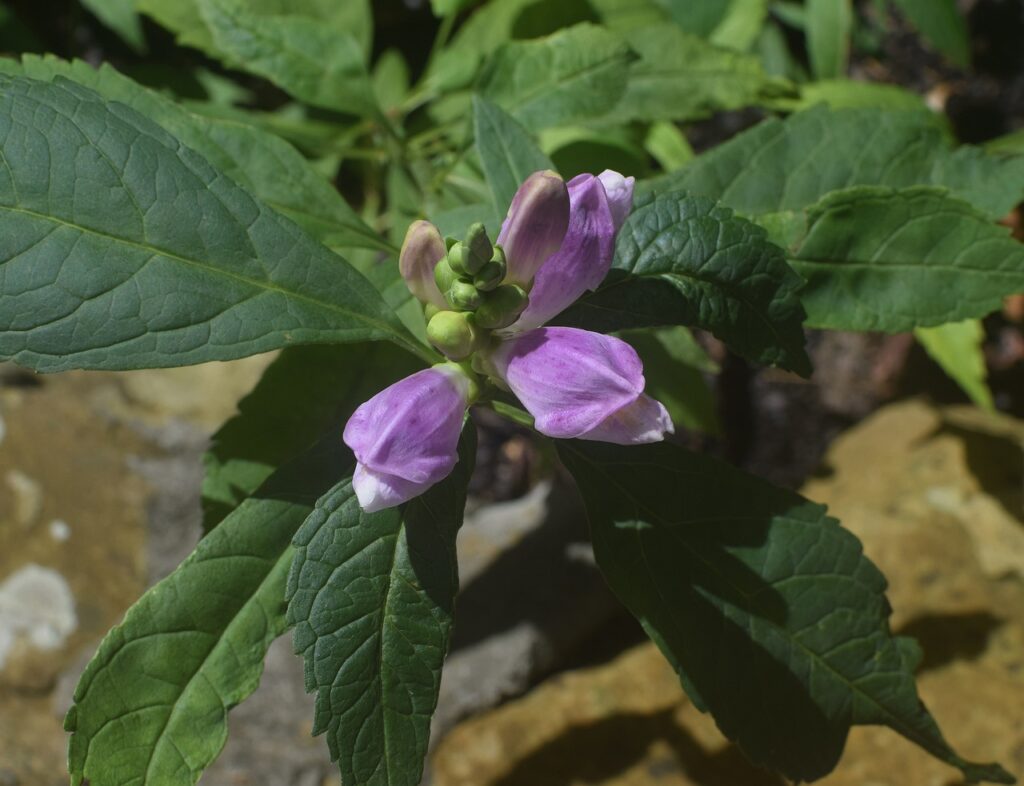
13. Turtlehead (Chelone spp.)
Turtleheads are a lesser known native plant, but their curiously shaped flowers are especially well-suited for foraging bees. These plants look a bit like snapdragons with uniquely formed flowers that come in shades of pink, purple, or white. Impressively cold tolerant, turtleheads can be found growing in moist meadows, but they’re also a top plant to grow in rain gardens!
Light needs: Full sun to part shade
Water needs: High
Grow zone: 3 to 9, most varieties
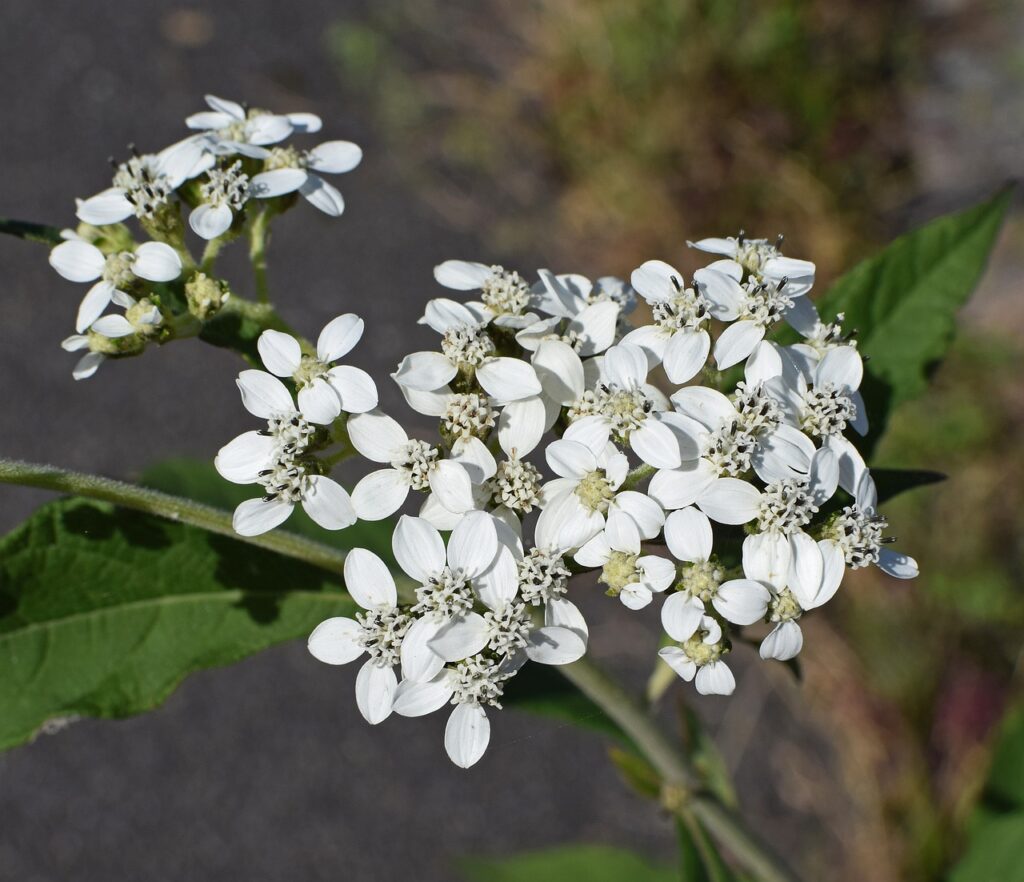
14. Boneset (Eupatorium perfoliatum)
Traditionally, boneset was used as a medicinal plant, but its bright white flowers are also an important food source for bees. These plants love moist soil, but they can be grown in other spots with frequent watering and a thick layer of mulch. Try boneset in a rain garden with other water-loving natives, like swamp milkweed, Joe Pye weed, and turtleheads, or allow its white flowers to shine in a moon garden!
Light needs: Full sun to part shade
Water needs: High
Grow zone: 2 to 10, most varieties
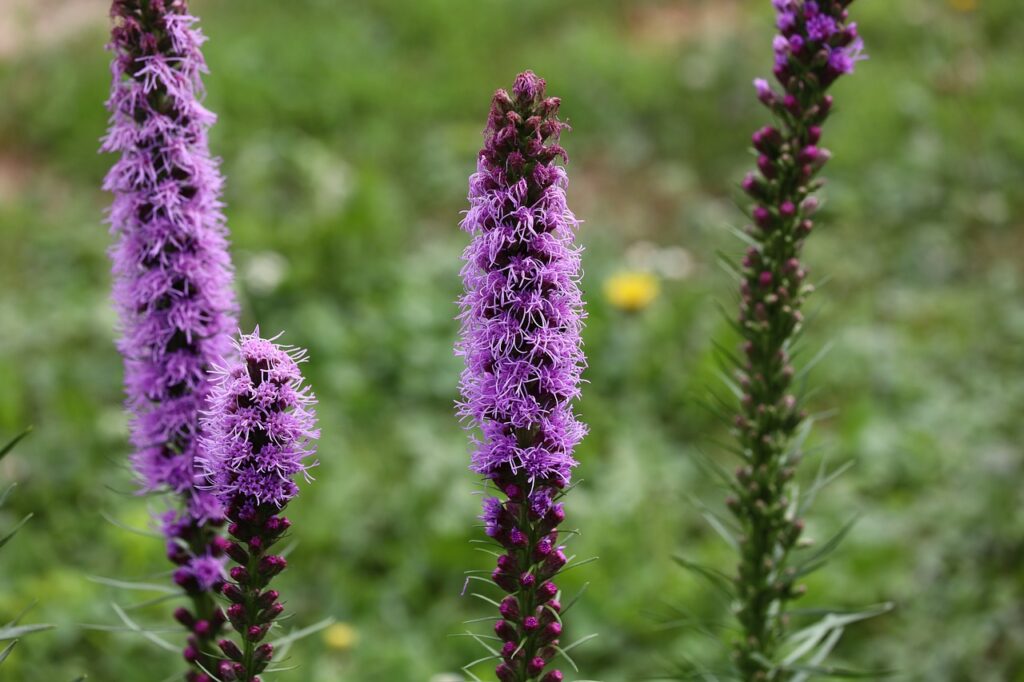
15. Blazing Star (Liatris spp.)
Blazing star or liatris are another diverse plant genus with about 32 native species in North America alone. Most blazing stars produce frilly, pinkish-purple flowers and slender, grass-like leaves that add interesting texture to flower beds. While blazing stars are one of the best flowers for honey bees, they also attract native solitary bees, butterflies, and hummingbirds!
Light needs: Full sun to part shade
Water needs: Average to low
Grow zone: 3 to 9, most varieties
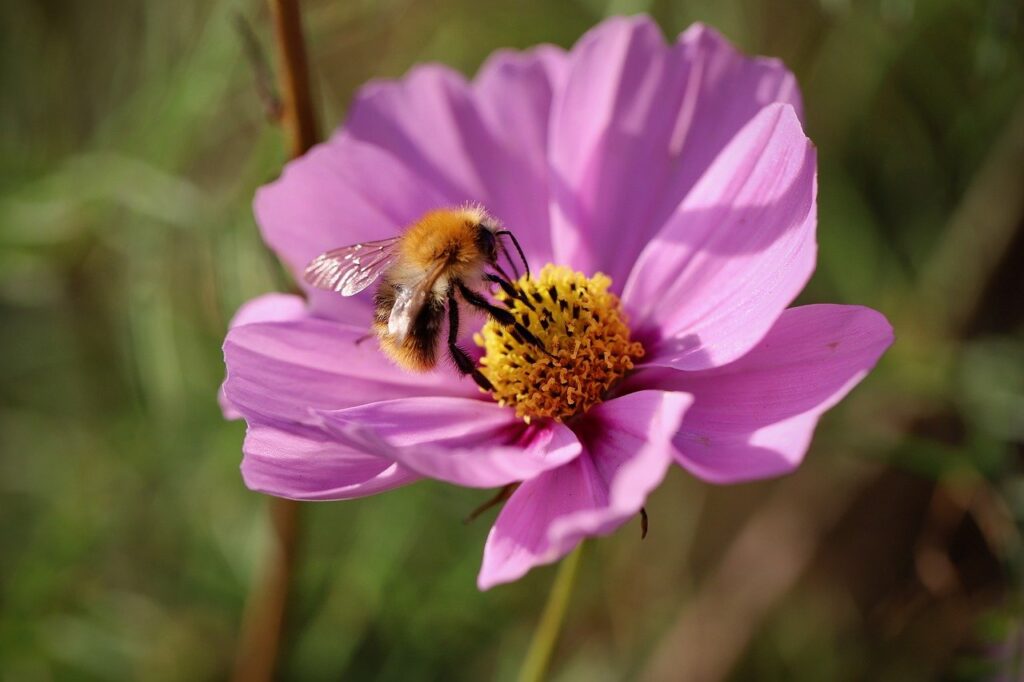
Other Bee Friendly Flowers
Although native plants are always the best choices for bee gardens, you can always plant a few non-native flowers in your garden for bees too. Here are a few plants that reliably entice bees and are small enough to grow in limited space gardens, pots, and window boxes!
- Sunflowers. ‘Mammoth Grey Stripe’ and ‘Lemon Queen’ sunflowers are particularly attractive to bees, but you can also find sunflowers in dwarf sizes for container growing!
- Sedum. Most sedums are native to Asia, although there are a few native North American sedums too. These fall bloomers feed bees and other pollinators in autumn.
- Snapdragons. Snapdragons are commonly used as cut flowers, but bees love them!
- Zinnias. Use zinnias as companion plants in vegetable gardens to attract pollinators and boost squash and cucumber yields, or grow them purely for ornamental appeal. Either way, bees are sure to visit!
- Chives and Other Alliums. Chive flowers are always coated with bees, but ornamental alliums are also pollinator-friendly and look striking in ornamental beds.
- Sage. While most gardeners grow sage for its edible leaves, bees flock to sage flowers if you leave them on the plant.
- Creeping Thyme. Commonly grown as a flowering groundcover, creeping thyme attracts bees and can be used as an edible herb too.
- Cosmos. Pink and white cosmos flowers are top picks for cutting gardens and attracting bees! Deadhead the spent blooms to encourage plants to reflower.
- Snowdrops. An early bloomer, snowdrops can bloom even when there’s snow on the ground. That’s great news for early pollinators looking for a snack!
- Borage. Borage is often grown as a companion plant for tomatoes thanks to its ability to repel hornworms. But borage flowers also attract bees and the plant’s flowers and leaves are edible!
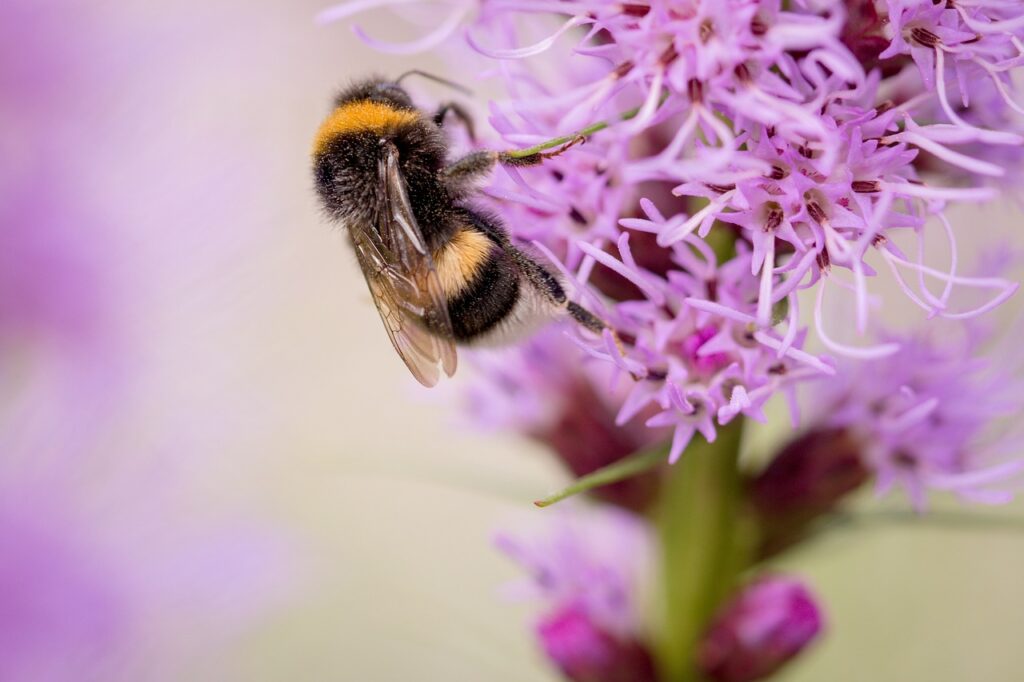
Plants to Plant for Bees: Frequently Asked Questions
What color flowers do bees like best?
Bees tend to like blue, purple, white, and yellow flowers best, but including different flower colors in your garden is important for attracting a wide range of pollinators!
What are bees least favorite flowers?
Hybrid plants with double blooms are difficult for bees and other pollinators to feed from and pollen-free plants, like pollen-free sunflowers, also offer limited benefits to bees. When choosing plants for pollinators, stick to heirloom, native, and open-pollinated plants when you can!
How do you attract bees quickly?
Growing native plants with lots of nectar and pollen is the best way to attract bees quickly. But you can also make your garden more bee-friendly by adding a water source, like a bee pool, growing sheltering plants, and avoiding pesticides.
